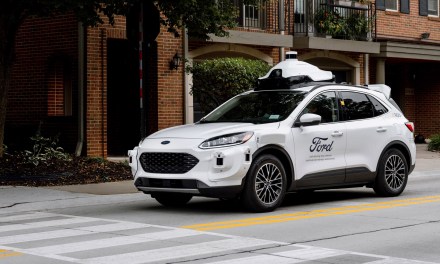According to Frost & Sullivan’s recent analysis, automotive aftermarket revenue expanded by 4.1% in 2019. According to “Digital Business Models Mitigating COVID-19 Implications on Global Aftermarket Performance in 2020,” this was largely driven by a 3.2% growth in vehicles in operation, with the contraction in global gross domestic product (GDP) growth stifling consumer expenditure on new vehicle purchases.
For 2020, the market was initially forecasted to grow at a healthy 4%, but muted consumer demand and supply-chain disruptions caused by the COVID-19 pandemic are expected to result in contraction of between 4.9% and 11.6%. New aftermarket demand pockets will rise from the need for customer safety and well-being, creating a $75-billion market opportunity for the contactless delivery of parts and services by 2025.
“Supply-chain reorientation, financial aid to channel partners, and the digitization of traditional business models and services can help mitigate some of the adverse effects of the pandemic,” said Anuj Monga, Research Manager, Automotive & Transportation at Frost & Sullivan.
Increased awareness about the significance of social distancing and enhanced personal hygiene is expected to drive service providers to adopt digitization as customers will prefer contactless services, diminishing foot traffic at workshops.
“A whole new segment of health and wellness in-car care is opening up and looks promising well beyond the immediate aftermath of the crisis,” said Monga. He added that there is ample scope for turning adversity to advantage if appropriate investments are channeled towards the digitization of existing business models: “E-retailing of parts and accessories, the “Uberization” of vehicle services on aggregator platforms, and on-demand services are expected to be bright spots in an otherwise dismal business environment.”
Global aftermarket performance is expected to temporarily shrink post-COVID-19, but he suggests companies could take advantage of the growth opportunities.
One of those is investing in e-commerce solutions for the e-retailing of replacement parts and accessories. Aftermarket online retailing is forecast to grow between 15% and 17% in the next five years globally.
Another option is the creation of platforms for the digital retailing of vehicle service jobs. This would help extend visibility to out-of-warranty customers and soften the impact of reduced new vehicle sales.
Offering on-demand services, such as fuel delivery, oil change, tire services, maintenance, and cleaning, could work around customer apprehensions regarding workshop safety while offering the added convenience of ordering a vehicle service at the location of their choice.
A top pandemic-related opportunity is developing products such as cabin air filters, in-vehicle sanitizers, driver personal protective equipment, and even solutions targeted at workshop sanitization and technician safety. Parts, accessories, and services related to the hygiene and in-car care of commuters are expected to generate $2.2 billion in the next four to five years.
For further information on this analysis, visit http://frost.ly/4i6.














































































